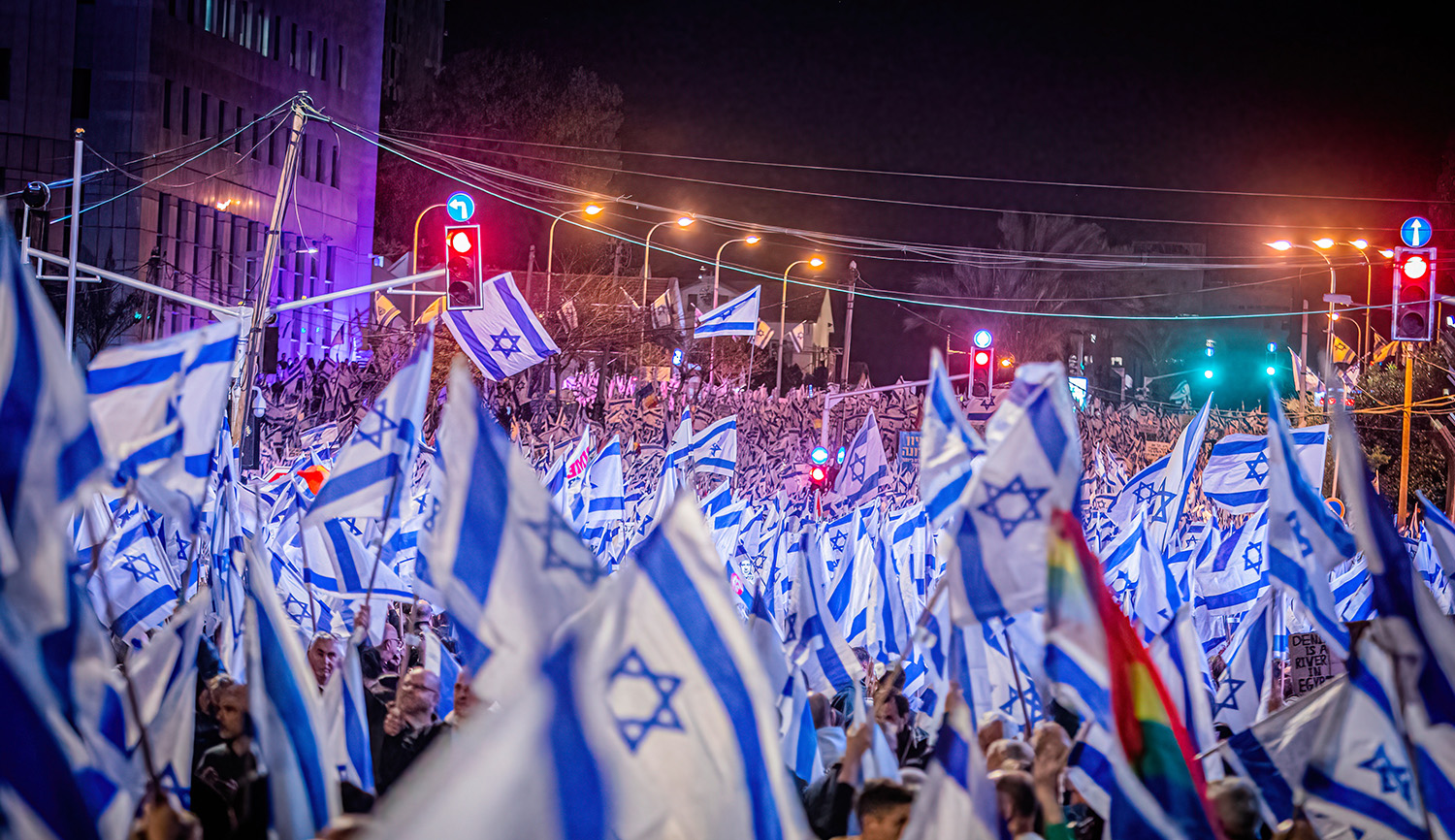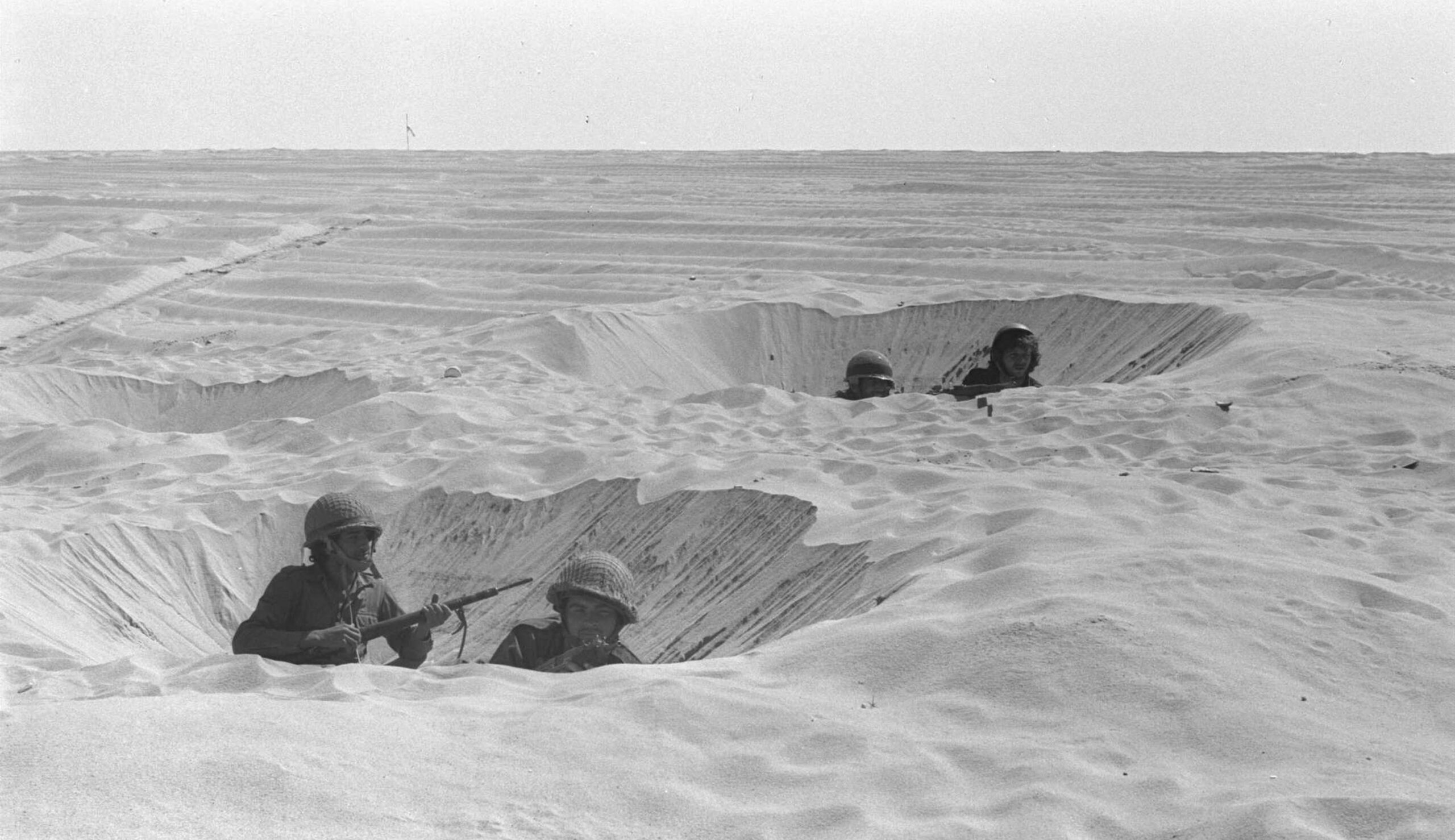Usually, this daily email seeks to bring you a variety of articles on events in the Middle East, Diaspora communities, religion, literature, and history. In the past week, it has for obvious reasons focused on the paramount issue facing the Jewish people. But it is important not to lose sight of those other aspects of Jewish spiritual life and intellectual heritage—all the more so, I would argue, as we work to defend ourselves.
I thus commend to you this essay by Yitz Landes, in which he reviews a recent academic translation of the Mishnah—the 2nd- or 3rd-century text that forms the core of the Talmud—and places it in the context of prior translations, going back to those made by Christian Hebraists in the late 17th century with help from some Jewish scholars. In religious circles, this dense legal primer, on which the entire postbiblical Jewish tradition arguably rests, is seen as an easier-to-study, if less prestigious, alternative to the Talmud. But for outsiders, as well as for academic scholars, it is, as Landes puts it, “something of a mystery.”
It famously begins, without explanation or preamble, with a question: “From what time of day may the evening sh’ma be recited?” Once this question is raised, the conversation continues for some 180,000 words, covering nearly every facet of Jewish life—from daily prayer to Sabbath observance to how to deal with damages, defilement, divorce, defiant sons, sacrifices, purification rituals, court procedures, and more. By the time the Mishnah was codified, more than a century after the destruction of the Jerusalem Temple in 70 CE, many of the topics discussed were no longer exactly practical knowledge. Other sections presuppose institutions of Jewish self-rule that may never have really existed. And no matter the issue, there is almost always a multiplicity of opinions—one rabbi says do x, while another says do y, without the Mishnah clearly stating which view should be adopted.
Repeatedly, Landes returns to the theme of the Mishnah’s “poetry”—an odd term to use when describing a famously terse legal code, but undoubtedly an apt one.
Read more at Jewish Review of Books
More about: Christian Hebraists, Judaism, Mishnah


